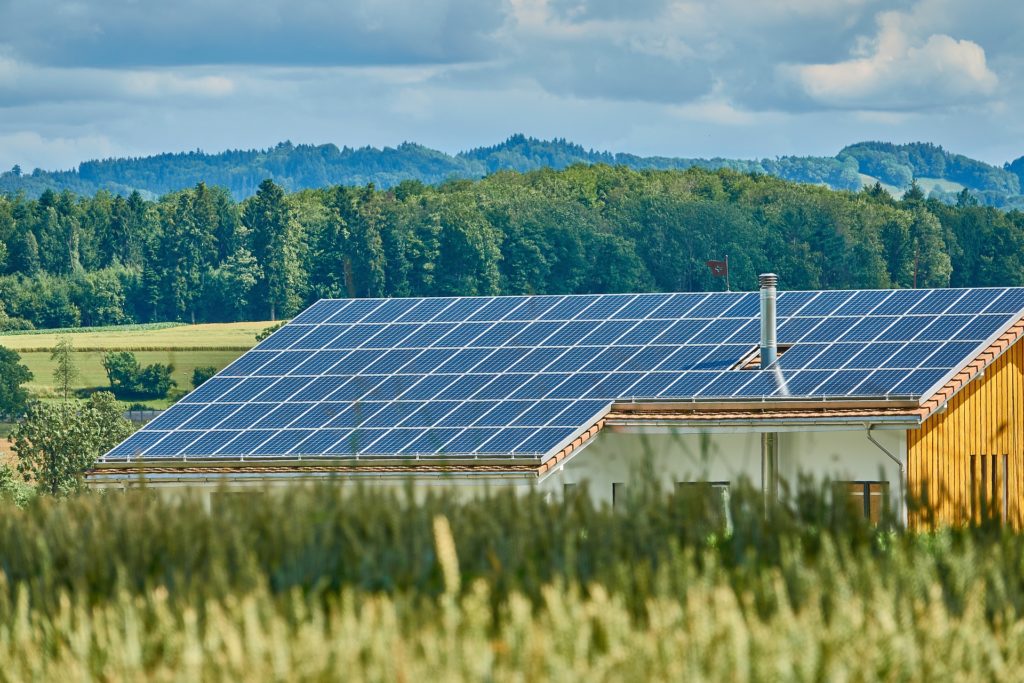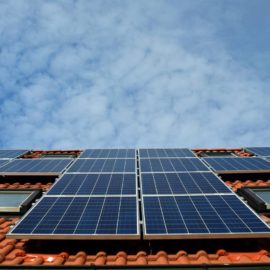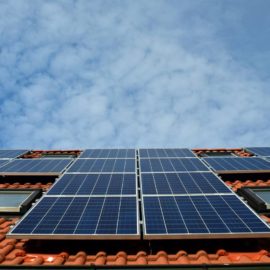
Solar used to be subsidized if you bought panels do you home. No longer. Solar used to get paid to feed the network. That is going. Why not help us wean from oil and gas? That is a good question!
In the two weeks since Hurricane Ida blacked out southeast Louisiana, PosiGen has already received a grant from the Emerson Collective and the 2040 Fund to provide about 200 batteries for clients who contracted with the Old Jefferson company to install home solar power panels. That will let them store and use electricity from the panels to power parts of their houses during future outages. It’s a small solar boost in an oil-and-gas state that in recent years has made it more expensive for homeowners to capture the sun’s energy. In 2015, the Legislature scrapped its generous solar tax credit program, which covered as much as 50% of the first $25,000 spent on a rooftop system. The state credit, combined with the federal government’s 30% tax credit, had encouraged many homeowners to go solar. The out-of-pocket cost for a 5-kilowatt system averaged $12,538 to $16,962 in Louisiana in 2019, according to EnergySage, an online solar marketplace. Then two years ago, the state Public Service Commission cut its “net metering standard,” lowering how much utility companies had to pay residents with rooftop solar for the power they produced for the grid. (Net metering remains alive in New Orleans, where Entergy is governed by the City Council.)
nola.com
If you have solar power then you need batteries to store the power in your home.
“Louisiana has been so anti-solar in these last couple of years, and it’s been very hard for solar companies to survive down here,” PosiGen CEO Thomas Neyhart said. “We’re still here, we’re still doing it, but we haven’t had a lot of support for battery programs.” Batteries can cost $10,000. Without them, solar systems shut off during commercial power outages. Despite the lack of credits, South Coast Solar owner Scott Oman said he’s seen an increase in the number of customers adding battery storage to their rooftop systems, as the batteries become more streamlined and efficient. Their lifespans have increased from 6 years to 15. Where at one time 5% to 10% of South Coast Solar’s 3,000 customers had battery storage, that’s grown to more than 25%. “Everyone’s interested. Everyone wants it. It’s just a matter of can they can they afford it,” Oman said. “It is still a luxury, just like buying a natural gas generator. We don’t have those rate structures that make it pay for itself like right away, like Hawaii and California.”
Solar has become something that only the well of can afford. Change has to come to make it more affordable so that more can take advantage of this “free” power.



